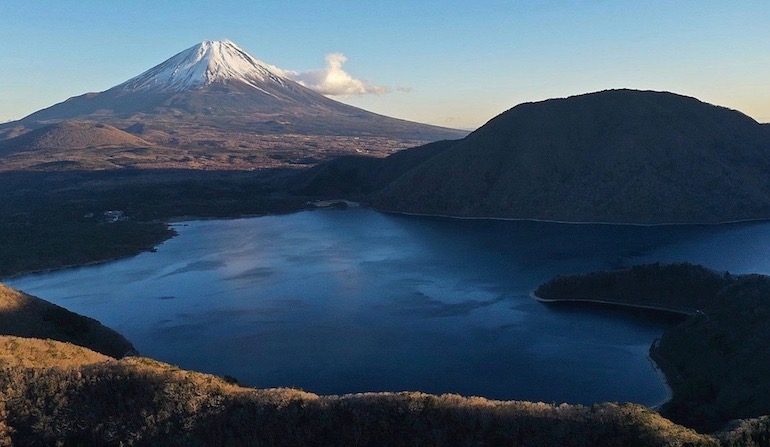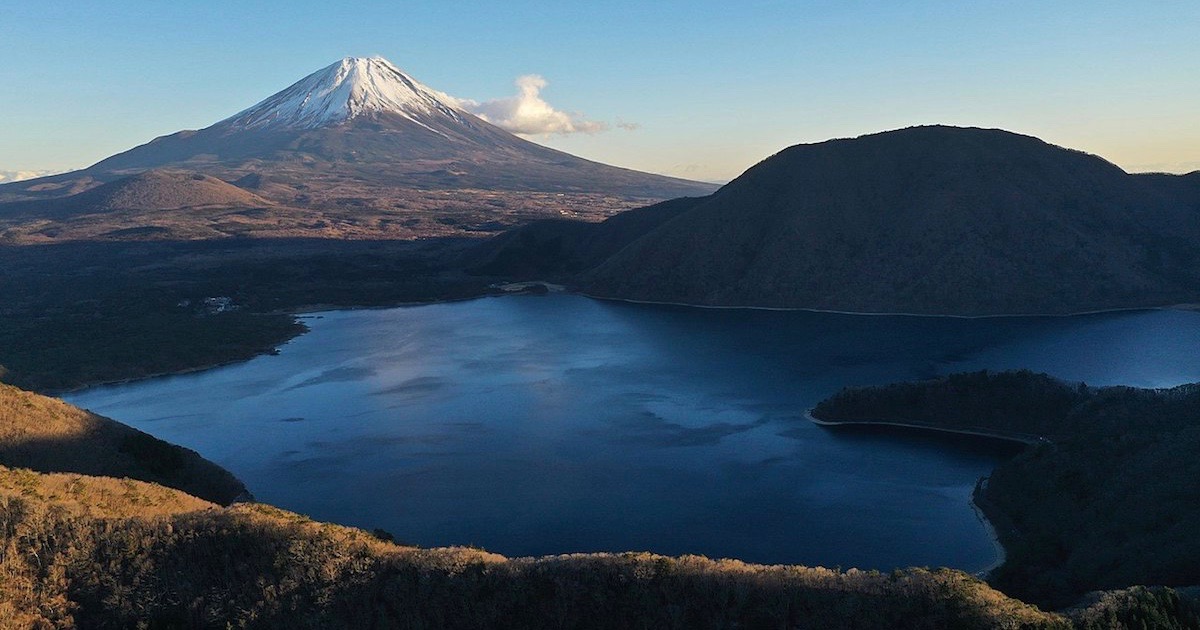 Intelligent Design
Intelligent Design
Rankled by Mount Fuji, Darwinist Jeffrey Shallit Offers Little Self-Refuting Black Holes


A Darwinist saying something foolish is like a fish getting wet — you expect it. But some foolishness just stands out.
Darwinist mathematician Jeffrey Shallit has been challenging my I.D. colleague Bob Marks for five years about Dr. Marks’s comment:
[W]e all agree that a picture of Mount Rushmore with the busts of four U.S. Presidents contains more information than a picture of Mount Fuji.
Rushmore v. Fuji
Dr. Marks is obviously right. A sculpture has more information than the raw material from which the image was sculpted. Mount Rushmore obviously has more information than the mountains surrounding it. Otherwise tourists would just drive around the Black Hills for no good reason wondering what the big to-do was about.
Now one may reasonably ask: “How can we quantify this kind of information?” That is an interesting question beyond the scope of this post. But the fact that sculpting faces on a rock adds information in some important sense to the rock is undeniable.
As you might guess, Shallit denies it:
I didn’t agree, so I asked the illustrious Marks for a calculation or other rationale supporting this claim.
After three months, no reply. So I asked again.
After six months, no reply. So I asked again.
After one year, no reply. So I asked again.
After two years, no reply. So I asked again.
After three years, no reply. So I asked again.
After four years, no reply. So I asked again.
Now it’s been five years. I asked again. Still no reply.
This is typical behavior for advocates of intelligent design. They do not feel any scholarly obligation to produce evidence for their claims. That’s one way you know that intelligent design is pseudoscience.
I wish some brave Baylor student would have the courage to ask Marks in one of his classes for why he refuses to answer.
Shallit is still rankled by Dr. Marks’s assertion that carving faces on rock adds information to the rock.
Shallit’s Textbook
The irony is that in denying that information content is increased by carving a sculpture, Shallit implicitly denies that information content is increased by carving words on a computer screen or equations in a book. Shallit blogs regularly, and he writes books and papers, and by his own analysis, he has added no information to the world by doing so. Is Dr. Shallit sure that he adds no information to computer screens and pages in a text?
We can rephrase Dr. Marks’s observation as follows:
We all agree that a page of Dr. Shallit’s textbook contains more information than a blank page.
Dr. Shallit doesn’t agree. The one point in Dr. Shallit’s defense is that it may be argued that his blog posts add no useful information at all. That may be true, and it would not be a stretch to say that Shallit’s blog posts subtract information, like little self-refuting black holes.
Photo: Mount Fuji, by Kpravin2 [CC BY-SA 4.0], via Wikimedia Commons.
